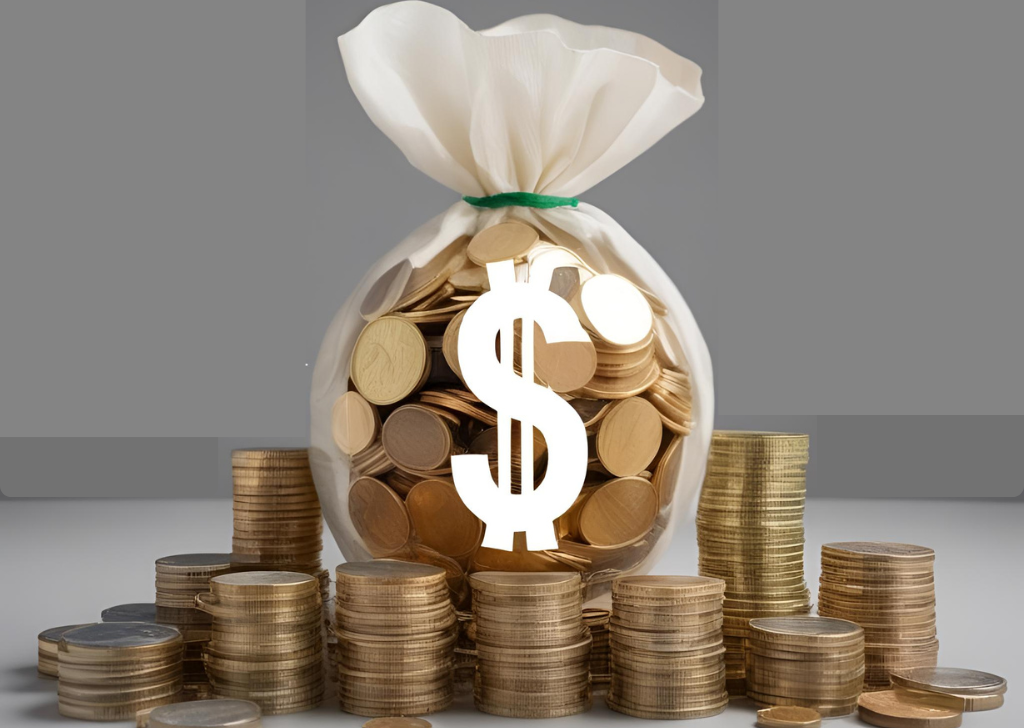You can reduce taxes due on your earnings by choosing investment plans and accounts that are tax-efficient. You may minimize the tax you pay on your assets and free up more funds for growth by selecting the appropriate combination of taxable and tax-advantaged accounts. Since tax regulations are complicated and subject to frequent changes, it is wise to speak with a financial counselor or other tax expert to create a plan customized to your unique financial objectives and tax concerns.

Choosing the Right Accounts for Your Strategy
Depending on variables like how much money they make, time frame, and investment vehicles, tax efficiency is an individual financial approach. Younger investors could value growth above immediate tax savings, while those with greater incomes might be subject to higher tax rates. The strategy can be impacted by the kinds of accounts and investments maintained, including taxable brokerage accounts, 401(k)s, Roth IRAs, and regular IRAs.
There are once-a-year contribution caps on tax-advantaged accounts such as 401(k)s and IRAs. In light of the tax advantages, investors profit from tax-advantaged accounts such as 401(k)s and IRAs. It may not be feasible for all investors, though, because of the yearly contribution caps and the absence of flexibility (such as the possibility of non-qualified withdrawals that result in taxes and penalties).
Investing in the appropriate account is a smart strategy to optimize tax efficiency. Investors should choose taxable accounts for investments that are less likely to incur high taxes. On the other hand, tax-advantaged accounts are a suitable option for investments that typically lose a larger portion of their profits due to taxes.
Techniques to Build a Tax-Efficient Portfolio
Income tax calculations and the use of tactics like tax-loss harvesting, long-term investment, and tax-efficient withdrawal techniques are necessary to build a tax-efficient portfolio. Identifying failing assets, assessing the portfolio for possible tax planning possibilities, and selling investments with decreased value to balance gains from other investments are all part of tax-loss harvesting. Tax advantages stem from long-term investing, which emphasizes quality investments and steers clear of frequent trading to reduce transaction costs and short-term capital gains. Removing money from taxable accounts first, letting tax-exempt accounts grow, and taking the minimal payout from conventional retirement plans to avoid penalties are all examples of tax-efficient withdrawal techniques. Lower tax bands are maintained as a result of reducing the tax burden.
Managing Dividend and Capital Gains Placement
Taxpayers typically pay taxes on dividends and other cash payments they receive. Therefore, unlike with capital gains, you don’t have a fantastic strategy to avoid taxes if you’re utilizing a taxable account. If you want to minimize dividend taxes, think about where you keep your assets.
For instance, you may have both a standard taxable brokerage account and a tax-advantaged account, such as an IRA. To avoid paying taxes on the dividends today, it could be wise to keep all or most of your dividend equities inside the tax-light boundaries of your IRA. You can hold equities with likely capital gains in a standard taxable account while you wait. However, you may still take advantage of one of the main advantages of an IRA in a taxable account, which is tax deferral, until you liquidate your investment, which might happen decades later. Therefore, unlike with capital gains, you don’t have an excellent strategy to avoid taxes if you’re utilizing a taxable account. If you want to minimize dividend taxes, think about where you keep your assets.
For instance, you may have both a standard taxable brokerage account and a tax-advantaged account, such as an IRA. To avoid paying taxes on the dividends today, it could be wise to keep all or most of your dividend equities inside the tax-light boundaries of your IRA. You could hold equities with likely capital gains in a standard taxable account while waiting. However, you may still take advantage of one of the main advantages of an IRA in a taxable account, which is tax deferral, until you liquidate your investment, which might happen decades later.
Leveraging Health Savings Accounts (HSAs)
Health savings accounts are essentially known as pre-tax savings accounts for eligible medical costs. Additionally, you can boost your savings while making withdrawals from an HSA tax-free. Only those with high-deductible health plans (HDHP) are eligible for these accounts. If an HSA is available to them, they may work with an adviser to plan how to maximize their triple tax benefits and even utilize the HSA as a kind of retirement plan for the future.
Rebalancing your portfolio is frequently a key component of risk management and preserving your intended asset allocation. Frequent purchases and sales, nonetheless, may result in taxable events and lower your after-tax returns. Investors can rebalance their portfolios by adding more of underweighted assets. You can rebalance your portfolio without selling any current holdings. You can rebalance your portfolio without paying capital gains taxes by rerouting dividend and interest proceeds to underweighted holdings. Types of accounts can also be crucial for tax-efficient rebalancing.
Carrying out rebalancing transactions inside tax-advantaged accounts, such as 401(k)s or IRAs, could result in a reduced tax payment because capital gains taxes are postponed or eliminated. Investors use tax-loss harvesting to sell assets with smaller profits or losses to minimize realized gains when rebalancing taxable accounts. By applying these tactics in practice, you might be able to keep your investment goals while reducing the tax burden, which would increase the overall effectiveness of the strategy.

Understanding Capital Gains for Long-Term Efficiency
Comprehending the distinction between short-term and long-term capital gains is essential for an investing plan that minimizes taxes. Regular earnings rates apply to short-term gains, but depending on filing status and taxable earnings, long-term gains are subject to much lower rates. Tax reductions may be advantageous for holding investments for longer than a year. Through taking a strategic approach, investors may take advantage of advantageous tax treatment and multiply their investments over time, which is consistent with the ideas of tax-efficient investing. You must weigh the advantages of long-term ownership against risk tolerance and financial objectives, regardless. It is possible to guarantee that investments are in line with goals while preserving tax efficiency by routinely assessing portfolios, situations, and tax regulations.





